3-Day Private Tea Tour of Taiwan
Enjoy a three-day tea tour of Taiwan’s best plantations to learn the traditions, tastes, and cultivation techniques of Taiwanese tea. Immerse yourself in beautiful tea plantations, tasting the finest oolong and Oriental Beauty tea varieties.
5-Day Private Tea Tour of Taiwan
Enjoy a five-day tea tour of Taiwan’s best plantations to learn the traditions, tastes, and cultivation techniques of Taiwanese tea. Immerse yourself in beautiful tea plantations, tasting the finest oolong and Oriental Beauty tea varieties.
7-Day Private Tea Tour of Taiwan
Enjoy a seven-day tea tour of Taiwan’s best plantations to learn the traditions, tastes, and cultivation techniques of Taiwanese tea. Immerse yourself in beautiful tea plantations, tasting the finest oolong and Oriental Beauty tea varieties.
Before Made in Taiwan, there was Grown in Taiwan — and the commodity that won this fascinating island a reputation as far away as
London and New York was oolong tea. A century before it became internationally known as the birthplace of bubble milk tea, Taiwan had a place in the hearts of many who adored soothing yet stimulating infusions.
Native ‘mountain tea’ has been growing in Taiwan’s hills since time immemorial, yet it was the introduction in the 1800s of Chinese varieties that can be turned into superb oolongs which made the island a source of world-class beverages drunk hot and unadulterated by milk or sugar. Oolongs are conjured from the leaves and leaf buds of Camellia sinensis var. sinensis, unlike Indian teas, which use Camellia sinensis var. assamica. In terms of oxidation, oolongs are somewhere between fully oxidised black teas and minimally oxidised green teas.
Sipping tea on the outskirts of Taipei
During Taiwan’s first tea boom, plantations were established in several places, including Maokong and Pinglin close to Taipei. The latter has a popular tea museum and farms devoted to the production of Wenshan Baozhong, a tea that lies somewhere between oolong and green tea on the oxidation spectrum. In the warmer south, it’s no surprise that tea pioneers selected locations at higher altitudes, notably around Shizhuo not far from Alishan. There’s a real benefit to cultivating tea more than 1,200 m (3,937 ft) above sea level: Because the plants grow more slowly, there’s a greater concentration of flavor-shaping chemicals in each leaf.
Despite the postwar arrival of alternatives such as coffee — few people have embraced coffee culture as wholeheartedly as the Taiwanese — tea is still drunk, analysed, and profoundly appreciated on a daily basis. For an outsider, however, accessing this wonderful world isn’t easy.
For a starter there’s the language barrier. Unless you speak Mandarin or Taiwanese, communicating with the farmers who grow and directly sell the finest leaves is going to be a struggle. Solo travellers aren’t likely to find someone who can answer questions like ‘Why do some farmers cover the ground between each row of tea bushes with peanut shells?’ (Here’s a clue: It has something to do with reducing evaporation and boosting the amount of carbon in the soil.) Secondly, getting to many of these places requires a private vehicle and a driver who’s familiar with sometimes-tricky road conditions in the uplands.
Life of Taiwan has been designing and leading customised private tea tours for well over a decade. We bring guests from around the world to our favourite farms and book them into charming homestays. Open the curtains at daybreak for a breathtaking view of tea fields and distant mountains!
Tea tastings and tea hikes
We know the best restaurants in each area and can recommend scrumptious local dishes like chicken basted in tea seed oil, locally grown bamboo shoots, and deliciously fresh vegetables. And if you’re up for a bit of exercise, we can lead you on short walks or somewhat more challenging hikes through tea-growing areas. The trails around Dinghu, between Shizhuo and Alishan, are especially scenic.
If you’ve no more than four days to immerse yourself in the traditions and tastes of Taiwanese tea, we recommend that you stick to the north and northwest of the island. Those arriving on a long-haul flight will likely land at Taoyuan International Airport, less than an hour from central Taipei, but spending the first night in the capital isn’t the only option.
Depending on the time and your energy levels, we may be able to take a look around Dadaocheng. It’s not only one of the oldest and most interesting parts of Taipei, with colourful shrines and ornate baroque-revival buildings, but also a centre of the tea trade. We can organise a tea ceremony, led by a local tea master and featuring a selection of Taiwan’s finest teas.
Another of Taipei’s highlights is the Maokong Gondola. This cable car is a thrilling way to reach the tea-growing district on the southwestern edge of Taipei. We can have lunch or dinner here, enjoying panoramic views over much of the capital, washed down with some excellent local tea, of course.
Perhaps you’d rather not stay in the metropolis. If that’s the case, we can whisk you from the airport to the Hakka heartland of Hsinchu and Miaoli, where a small number of farmers specialise in the production of Oriental Beauty tea (so named, it’s said, by the UK’s Queen Elizabeth II, who was a great fan of this unroasted but heavily oxidised oolong).
One reason why Oriental Beauty is produced in very limited quantities is that the farmers can’t apply any pesticides, because tiny Jacobiasca formosana insects play a crucial role. As they feast on sap on the leaves, stems, and buds, their bites stimulate the tea bush to produce substances which subtly alter the final flavour. The more the tea gets bitten, the better it tastes, experts say. At Fuxing Tea Demonstration Centre — where old-school tea-processing equipment is on display — you’ll be able to try Oriental Beauty for yourself, alongside other local teas.
The Hakka people who form a majority in interior Hsinchu and Miaoli are a sub-ethnic group of Chinese descent. They account for about a seventh of Taiwan’s population of just over 23 million, and their distinctive and hearty cuisine is a must-try when you’re in the region.
Ethnic diversity in the hills
Tongluo Tea Factory, which welcomes tourists with twice-daily Chinese-language guided tours, sells Taiwanese coffee as well as a range of teas. Tea played a major role in the development of the historic frontier settlement of Beipu, and tea entrepreneur Chiang A-hsin’s 1946 mansion is well worth visiting. Chiang, who sold local black tea to customers in Japan, the UK, and elsewhere, wanted a Western-style abode in which his guests would feel comfortable. The town has other appealing landmarks, including Jinguangfu, named after the business association established in 1835 to organise and defend settlers of Chinese descent as they pushed into indigenous territory. This semi-fortified structure has snipers’ loopholes to better fight off attacks, as 19th-century Taiwan was very different to the friendly society now recognised as one of the world’s safest destinations for tourists.
For visitors intrigued by the lifestyles and cultures of the island’s indigenous Austronesian peoples, we can plan a detour to Wufeng Township (where the Japanese-style bungalow that formerly housed Zhang Xue-liang, one of Chiang Kai-shek’s oldest rivals, is major attraction) or to Xiangtian Lake. The latter, a remote and highly scenic outpost of the tiny but fascinating Saisiyat tribe, is just an hour by car from Beipu.
Travellers with a week or more on their hands can enjoy the delights of Taiwan’s south and possibly also the east. A popular way of approaching Alishan is via Sun Moon Lake, the glimmering body of water located at the centre of the island. The lake is a popular ingredient in many Life of Taiwan tours. For tea-focused tourists, the nearby Antique Assam Tea Farm is an engrossing place to learn about tea cultivation techniques, including organic farming methods.
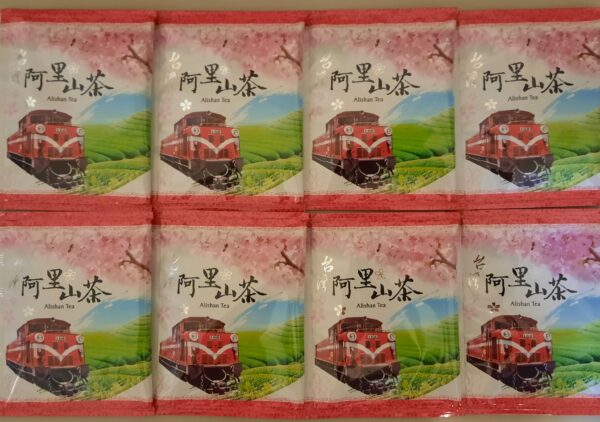
The ultra-popular Alishan National Forest Recreation Area is at too high an altitude for tea farming, so you may prefer to push on to Dinghu, Shizhuo, or Fenqihu. In that area, in between meeting local tea specialists and sampling their best teas, we can take a gentle stroll through the forests around Fenqihu or have a look at the town’s railway relics. This Hakka-majority community owes its existence to the remarkable logging train that connects Alishan with Taiwan’s western plains.
The lowland terminus of the Alishan railway is Chiayi City. The Southern Branch of the National Palace Museum is just half an hour from the city, and in addition to displaying Asian textiles, Buddhist art, and ancient Chinese treasures, it has an absorbing permanent exhibition devoted to tea culture. The exhibition’s four sections examine tea culture in China and Japan, the milk teas of Mongolia and Tibet, and Taiwanese gongfu tea. (The last has nothing to do with kung fu fighting skills; it’s actually the manner in which tea should be prepared for drinking so as to achieve the best-possible taste and aroma.)
If you’ve no more than a week for your Taiwan guided tea tour, there’s a good chance that Chiayi is where we’ll say our goodbyes. Chiayi’s high-speed railway station is conveniently close to the museum, and from it bullet trains need just an hour and a bit to reach Taoyuan. The final leg of your journey to the airport is smooth and painless thanks to the Taoyuan Airport Metro.
Taiwan’s delightful east
Those with enough time to venture east are in for a real treat. The pristine counties of Hualien and Taitung are cherished by Taiwanese and outsiders alike. There’s little industry on this side of the island and no big cities. Fertile farmlands produce top-notch rice, delicious fruits such as pomelos, navel oranges, and sugar apples — and tea, of course!
Approaching from the southwest, the first tea-growing area you’ll encounter in the east is Luye in Taitung, where some farms specialise in red oolong. Several plantations are located close to Luye Highland, a plateau-like feature that attracts paragliders and hosts the annual Taiwan Hot Air Balloon Festival.
Further north, various black teas and conventional oolongs are grown. Among the crops at Wuhe is ‘honey peach black tea’, its subtle sweetness being an unintended consequence of pesticide-free farming. This allows leafhopper insects to chew the leaves, setting off a chemical chain-reaction which — rather like the process that creates Oriental Beauty tea — results in something rather wonderful.
Wuhe is in Ruisui Township, and if you’d like to add a hot-spring experience to your trip, this is a fine place to do so in delightful surroundings. But if you’d prefer to stretch your legs in the company of Mother Nature, we recommend Danong Dafu Forest Park. A vast expanse of what used to be sugarcane plantation, years of reforestation have turned this part of the East Longitudinal Valley (sometimes inaccurately referred to as the East Rift Valley) into a haven for protected animal species and rare birds. Renting bicycles here is one way to see more of this vast and verdant park.
If the east sounds unmissable, but you expect to be strapped for time, we can of course devise an itinerary that skips Sun Moon Lake and Alishan, and brings you to Hualien via Yilan County.
It’s a longish drive (at least three hours) from the capital to our preferred hotel in Hualien so we suggest making a reasonably early start and incorporating one or two meaningful stops. The town of Jiaoxi in Yilan is famous for hot springs and even if you’re keen to press on, we suggest stopping at a park where you can soak your feet for a little while. If your interest in delightful liquids goes beyond tea, we can instead detour to the multiple award-winning Kavalan Distillery. Since 2008, this locally-owned producer has been astonishing competition judges and whisky connoisseurs with its premium spirits.
Whether you’re approaching from Taipei or from Taitung, you should if at all possible see Taroko Gorge. Even though this jaw-dropping geological wonder suffered serious damage due to the April 3, 2024 earthquake, and at the time of writing much of the national park remains closed to the public, we’ve high hopes that it will soon return to its rightful place on every ‘must see when in Taiwan’ list.
 The world’s highest tea farms?
The world’s highest tea farms?
If driving through the gorge and across the high-altitude part of Taroko National Park is feasible, one option is to arrive in or leave from Hualien via Taiwan’s highest surfaced road, Provincial Highway 14A. This dazzling alpine road crests at an altitude of 3,275 m (10,745 ft), slightly over two miles above sea level. Follow it in a southwesterly direction and you’ll get to the town of Puli, just half an hour from Sun Moon Lake.
Near the northeastern end of Highway 14A, tea fans will find two points of interest. One is Bilu Sacred Tree, a 50 m (164 ft) tall 3,200-year-old Lunta fir beneath which we can halt for a cup of hot ginger tea. The other is a cluster of tea farms which some say are the highest in the world, around 2,300 m (7,546 ft) above sea level. However, production in this area has dwindled since Taiwan’s mountain-management policy shifted from economic development to conservation.
Whether you want tea to feature in every segment of your trip or simply make it one element among many — the island has a huge amount to offer culture vultures, nature lovers, and foodies — contact us today so we can begin to design an unforgettable Taiwan private guided tour. It’s time to put the kettle on…
What to Expect on Every Journey
- Fully customized Taiwan itinerary
- Dedicated Travel Designer
- Dedicated vehicle with licensed chauffeur
- Dedicated English-speaking tour guide
- The best accommodations in every location
- All meals tailored to your specific dietary needs
- Comprehensive insurance
Create Your Own Tour
Contact our Travel Design team to curate your Taiwan tour
We’re sorry to inform you that we are currently unable to accept new customers for 2025. All our travel arrangements are fully booked for the rest of this year. We’ll update you as soon as new capacities become available to welcome additional travel groups. If you are looking to tour with us in 2026 please feel free to contact us on contact@lifeoftaiwan.com.
Thank you for your understanding and patience.

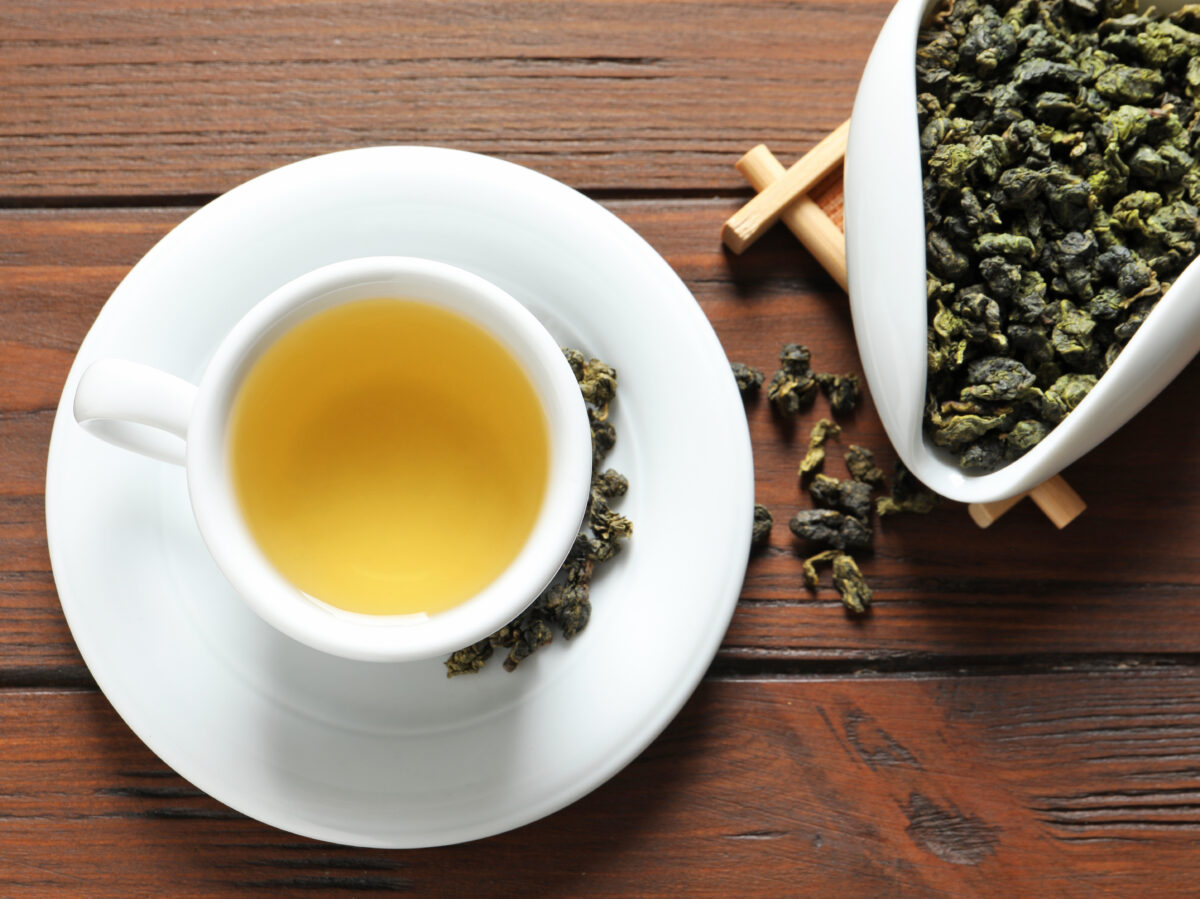
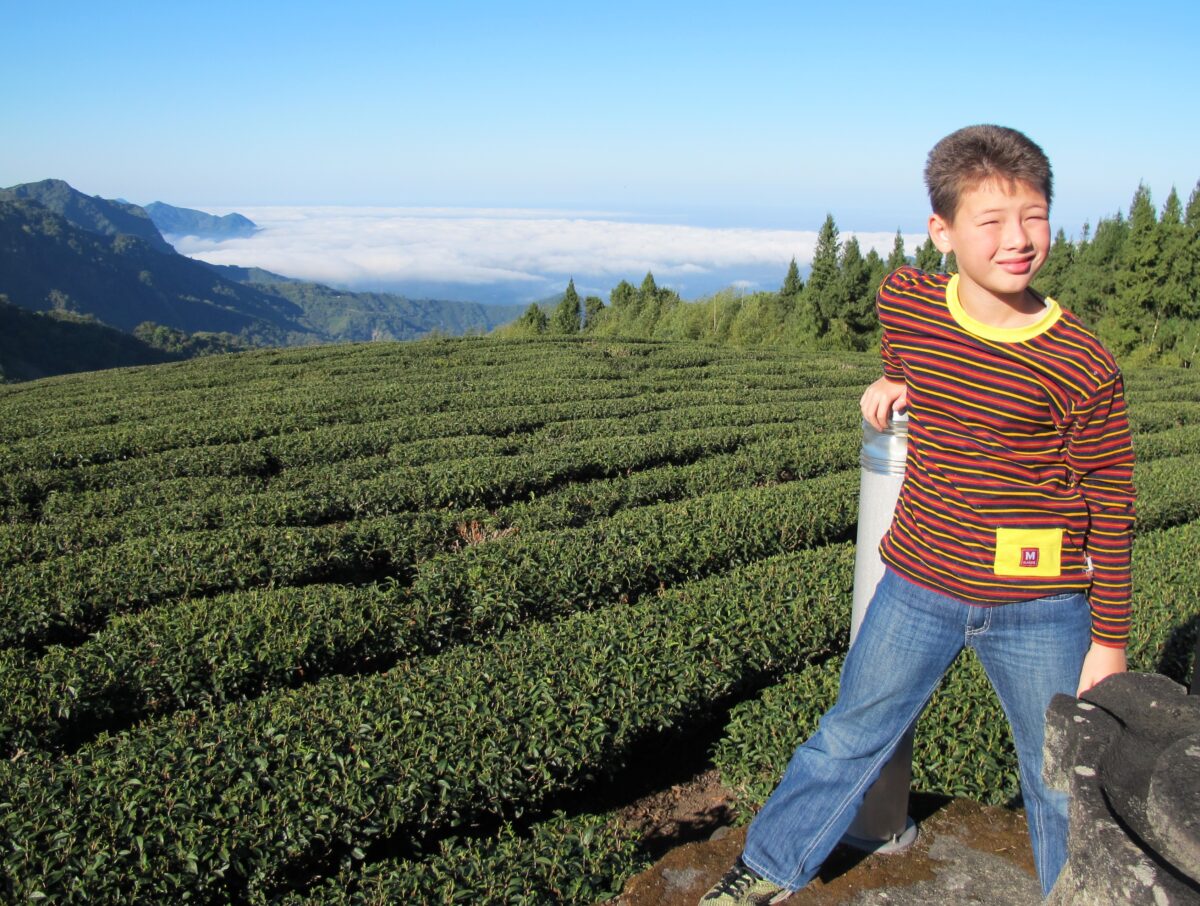
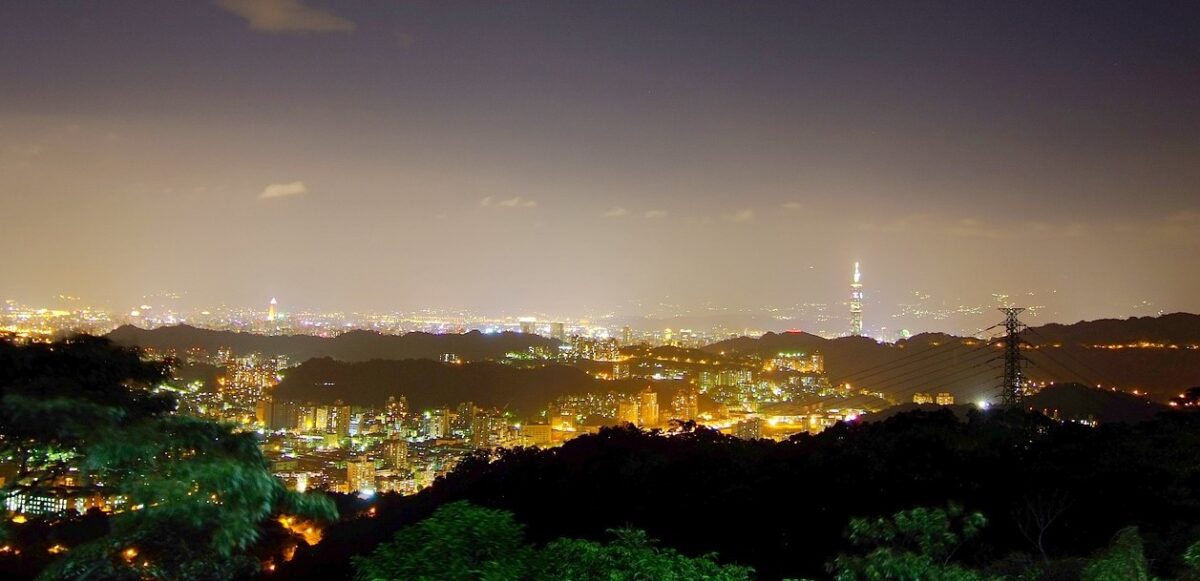
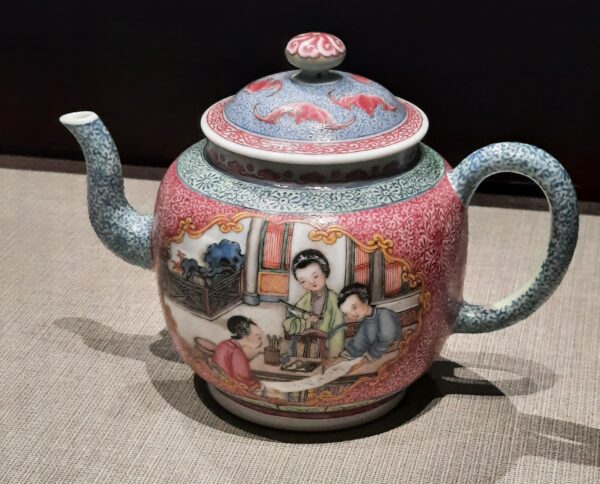
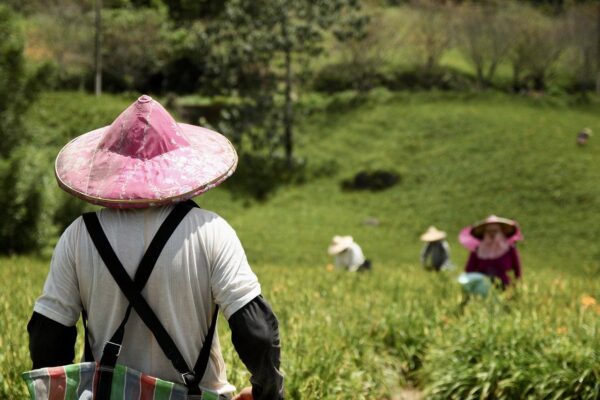 The world’s highest tea farms?
The world’s highest tea farms?